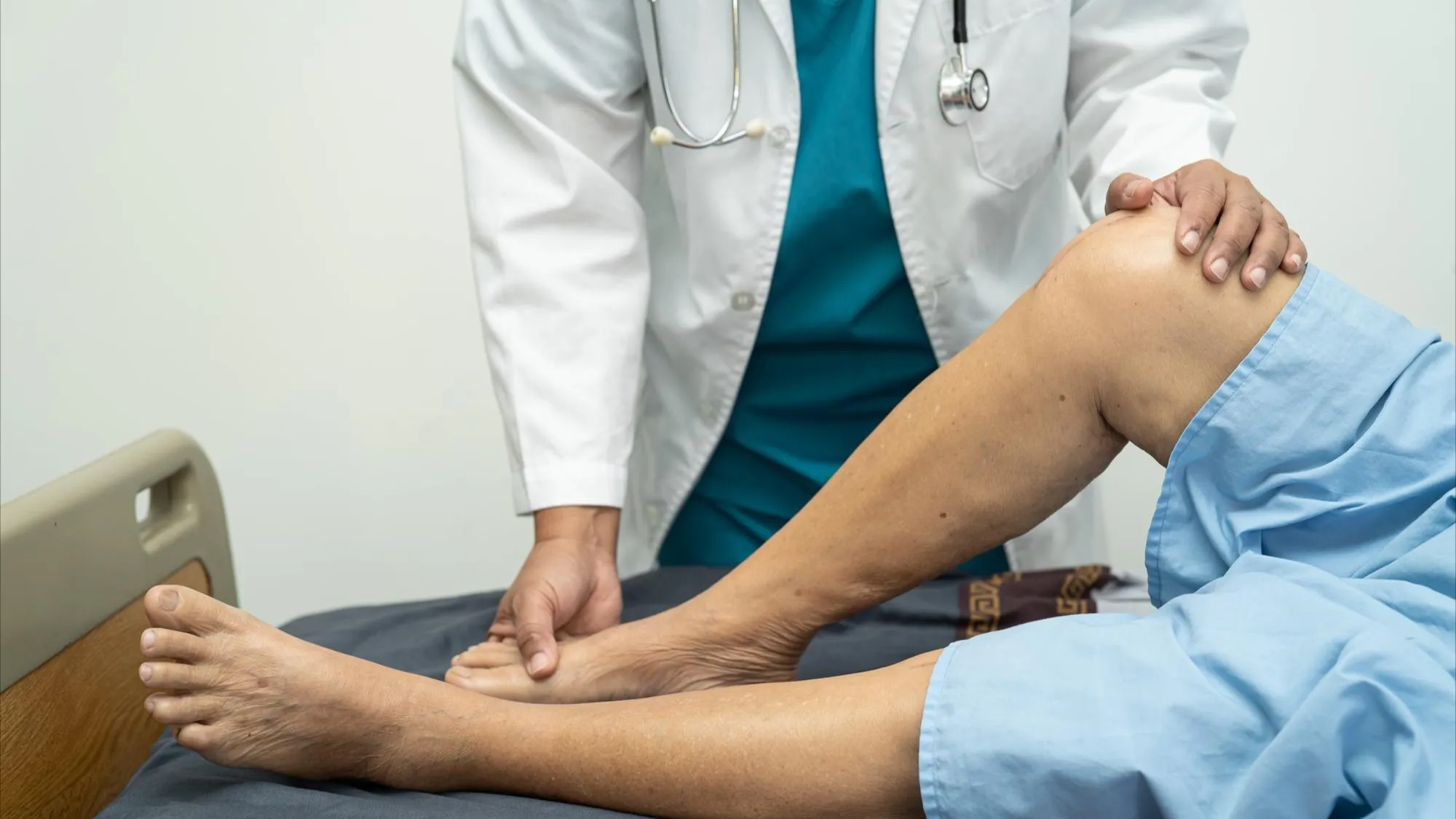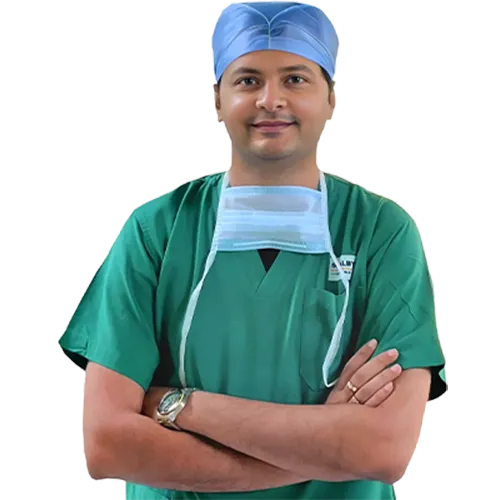
Varicose veins are a common vascular condition where veins become enlarged, twisted, and swollen due to poor blood circulation. This occurs when vein valves weaken or become damaged, preventing blood from flowing efficiently back to the heart. As a result, blood pools in the veins, leading to the characteristic bulging and bluish appearance of varicose veins. Dr. Aakash Patel, a leading specialist in vascular conditions, provides expert diagnosis and advanced minimally invasive treatments for varicose veins to help patients improve circulation and relieve discomfort.
What Are Varicose Veins?
The veins in the legs play an important role in carrying blood back to the heart. However, when these veins experience increased pressure or valve dysfunction, the blood flow becomes sluggish, leading to varicose veins. This condition not only causes aesthetic concerns but also leads to pain, swelling, and potential complications if left untreated.
Common Symptoms of Varicose Veins
- • Bulging, twisted veins visible under the skin
- • Aching, throbbing, or heaviness in the legs
- • Swelling in the lower legs and ankles
- • Burning or cramping sensations in the legs
- • Itching and skin discoloration around the affected veins
- • Ulcers or sores in severe cases
What Causes Varicose Veins?
- Weak or Damaged Vein Valves
Healthy veins have one-way valves that ensure blood flows toward the heart. When these valves become weak or damaged, blood collects in the veins, causing them to stretch and bulge. - Increased Pressure in the Legs
Standing for long periods or engaging in activities that put excess pressure on the legs can contribute to varicose veins. Gravity affects blood flow, making it harder for veins to push blood upward. - Genetics and Family History
If your parents or close relatives have varicose veins, you may have a higher risk of developing the condition. Genetic factors influence vein structure and valve strength. - Hormonal Changes
Fluctuations in hormone levels during pregnancy, menopause, or hormonal therapy can affect vein elasticity and function, increasing the likelihood of varicose veins. - Obesity and Excess Weight
Excess body weight places additional pressure on the veins, making it harder for them to push blood back to the heart. This increased strain can lead to the development of varicose veins. - Lack of Physical Activity
A sedentary lifestyle contributes to poor circulation, which can cause blood to pool in the veins. Regular movement stimulates blood flow and reduces the risk of varicose veins.
How to Prevent Varicose Veins
While some risk factors like genetics and aging are unavoidable, making lifestyle changes can help reduce the risk of developing varicose veins.
- Stay Active
- Engage in regular exercise like walking, swimming, or cycling to improve circulation.
- Avoid sitting or standing for long periods; take breaks to stretch and move.
- Maintain a Healthy Weight
- Excess weight increases pressure on the veins, worsening varicose veins.
- Adopting a healthy diet and exercise routine can improve vascular health.
- Wear Compression Stockings
- Compression stockings help support vein function by improving blood circulation.
- These can be especially helpful for individuals who stand for long hours at work.
- Elevate Your Legs
- Raising your legs above heart level can reduce swelling and improve circulation.
- Try propping your legs on a pillow while resting.
- Avoid High Heels and Tight Clothing
- High heels restrict circulation, contributing to poor vein function.
- Loose, comfortable clothing reduces pressure on the legs.
- Stay Hydrated and Eat a Healthy Diet
- A balanced diet rich in fiber and antioxidants promotes vascular health.
- Reduce salt intake to prevent fluid retention and swelling.
Treatment Options for Varicose Veins
If varicose veins cause discomfort or complications, medical treatment may be necessary. Dr. Aakash Patel specializes in advanced, minimally invasive procedures to provide relief.
- Sclerotherapy - A non-surgical procedure where a special solution is injected into the affected veins, causing them to close and fade over time.
- Endovenous Laser Therapy (EVLT) - A modern technique using laser energy to seal off varicose veins, redirecting blood flow to healthier veins.
- Radiofrequency Ablation (RFA) - Like EVLT, RFA uses heat energy to shrink and close off damaged veins.
- Microphlebectomy - A minimally invasive procedure where small incisions are made to remove varicose veins without the need for stitches.
- Lifestyle Changes & Supportive Care - Combining exercise, compression therapy, and a healthy diet can aid in managing symptoms and preventing further progression.
Why Choose Dr. Aakash Patel for Varicose Vein Treatment?
Dr. Aakash Patel is a leading expert in vascular health and varicose vein treatment, offering state-of-the-art, minimally invasive procedures for effective relief. His patient-centric approach ensures personalized treatment plans that address individual concerns and promote long-term vascular health. Whether through laser therapy, sclerotherapy, or lifestyle guidance, Dr. Aakash Patel provides expert care to help patients regain confidence and comfort.
Conclusion
Varicose veins are a common but manageable condition that can affect circulation and quality of life. Understanding the risk factors and adopting preventive measures can help minimize their occurrence. For those experiencing pain, swelling, or discomfort, seeking professional treatment is essential. Dr. Aakash Patel provides advanced, minimally invasive solutions to help patients achieve healthier, pain-free legs.
If you’re struggling with varicose veins, don’t wait! Call +91 9586961070 or Book Your Appointment with Dr. Aakash Patel for expert diagnosis and customized treatment options.



